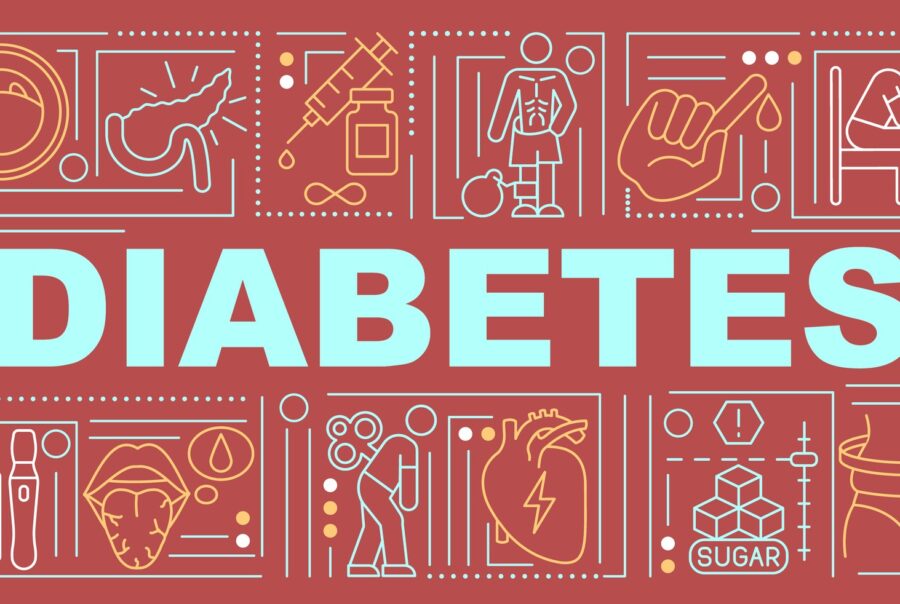
How an Attorney Gets Paid by Social Security Administration (SSA)
for Your Monthly DIsability Checks (SSDI and/or SSI)
If you’re getting help from an attorney to get Social Security Disability Insurance (SSDI) or Supplemental Security Income (SSI) benefits from the Social Security Administration (SSA) you might wonder how the attorney gets paid.
Let's break it down in simple terms!
Payment for SSDI and SSI Cases
Most attorneys who help with disability claims work on a contingency fee basis. This means they only get paid if they win your case. Here’s how it works:
Contingency Fee Basics
No Upfront Fees
You don’t pay anything upfront. The attorney only gets paid if your claim is approved.
Percentage of Back Pay
The attorney’s fee is usually a percentage of the back pay you receive. The SSA sets limits to make sure fees are fair.
Questions? Call us at 1 800 840-4040
What is Back Pay?
Backpay for SSDI (Social Security Disability Insurance) payments refers to the lump sum of money awarded to an individual who has been approved for disability benefits, covering the period from the onset of their disability to the date their benefits were approved. This payment compensates for the time during which the individual was disabled and eligible for benefits but had not yet received them due to the processing time of their claim.
There is a five-month waiting period from the onset of the disability during which no benefits are paid. Additionally, the backpay can only cover a maximum of 12 months prior to the application date.
How Does Back Pay Work?
Filing Your Claim: When you apply for disability benefits, the SSA looks at the date you became unable to work due to your disability. This is called your “disability onset date.” Note that this date may be different from when you first submitted your application for benefits. You are only eligible to receive benefits up to the first 12 months before the filing of your initial application, so it is advantageous to file as soon as you know you’re not going to be able to return to work.
Waiting Period: There is a mandatory 5-month waiting period from your disability onset date before you can start receiving your monthly disability check. This means you won’t receive benefits for the first five months after the established SSA “disability onset date.”
Approval Time: It often takes many months (sometimes over a year) for the SSA to review and approve your claim. During this time, no payments are made to you, but this waiting period is being tracked and will be used by SSA to determine your back pay.
Example:
- Disability Onset Date: January 1, 2023
- Waiting Period: January 1 – May 31, 2023 (no retroactive payment)
- Approval Date: February 1, 2024. This means that your “retroactive initial payment” includes payments from June 1, 2023 to your approval date in this example, February 1, 2024.
In this example, you would be eligible for back pay from June 1, 2023 to February 1, 2024. Your total back pay will be the amount you receive monthly from the SSA multiplied by the number of months the SSA was late to review your application. In this case, if you receive $1,000 per month, we multiply it by 8 months to obtain a retroactive payment of $8,000.00
SSA Fee Limits
The SSA says the maximum fee the attorney can get is 25% of your back pay or $7,200, whichever is less.
If you get $10,000
in back pay, the attorney can get
25%
of that back pay, which is $2,500.
If you get $40,000
in back pay, the attorney can get up to
$7,200
because 25% of $40,000 is $10,000, and $7,200 is less than that.
How the Attorney Gets Paid
Direct Payment: The SSA pays the attorney directly from your back pay. This makes it easy for you.
Example: If you get $10,000 in back pay and the attorney’s fee is $2,500, the SSA sends $2,500 to the attorney and $7,500 to you.
Fee Agreement: You and the attorney sign a fee agreement, which the SSA must approve. This agreement explains how much the attorney will be paid.
Fee Petition: If there is no back pay or there are special circumstances, the attorney can ask SSA to approve a different rate through a fee request.
What If There’s No Back Pay?
If there’s no back pay, the attorney might still get paid, but if the attorney chooses to do so, he/she can file a fee petition, showing the work they did and asking the SSA to approve their payment.
Alternative Agreements:
Some attorneys have other payment plans, such as a flat fee or hourly fee. These need to be approved by the SSA.
Fee Petition:
The attorney can file a fee petition, showing the work he or she performed and asking SSA to approve payment.
Additional Costs
Sometimes there are extra costs, like fees for getting medical records or mailing documents. These should be explained in your agreement with the attorney. At House of Justice we do not charge for any of these extra costs.
Summary
No Upfront Payment: Attorneys usually don’t charge you upfront.
Contingency Fee: They get a percentage of your back pay, up to 25% or $7,200, whichever is less.
Direct Payment: The SSA pays the attorney directly from your back pay.
No Back Pay: If there’s no back pay, the attorney might file a fee petition.
Conclusion
Working with an attorney can help make the process smoother and improve your chances of getting approved. If you need to file your first application or if you’ve already been denied by SSA and need to file an appeal, we are here to help. Just call us at 1 800-840-4040
WINNING begins with a CALL
House of Justice
your lawyers for all your legal situations




